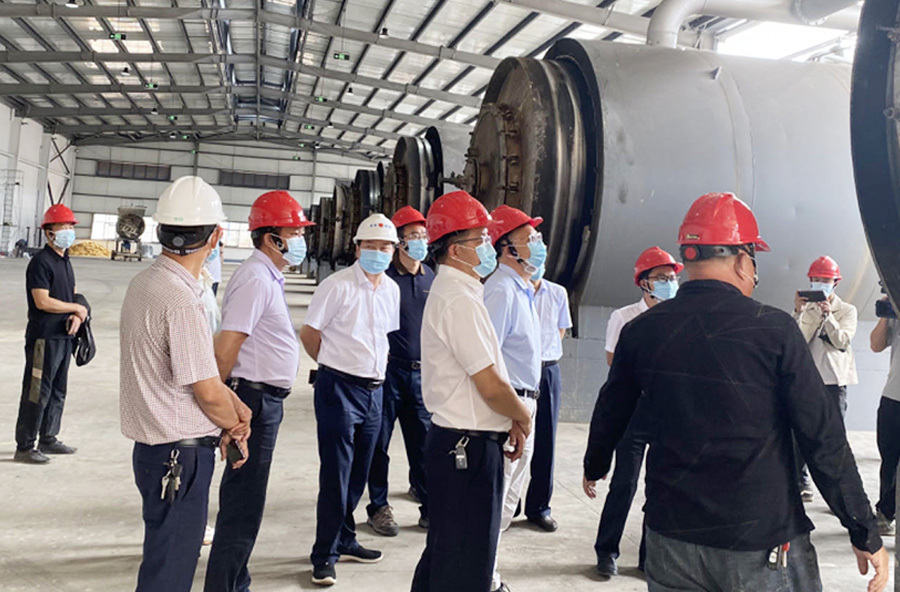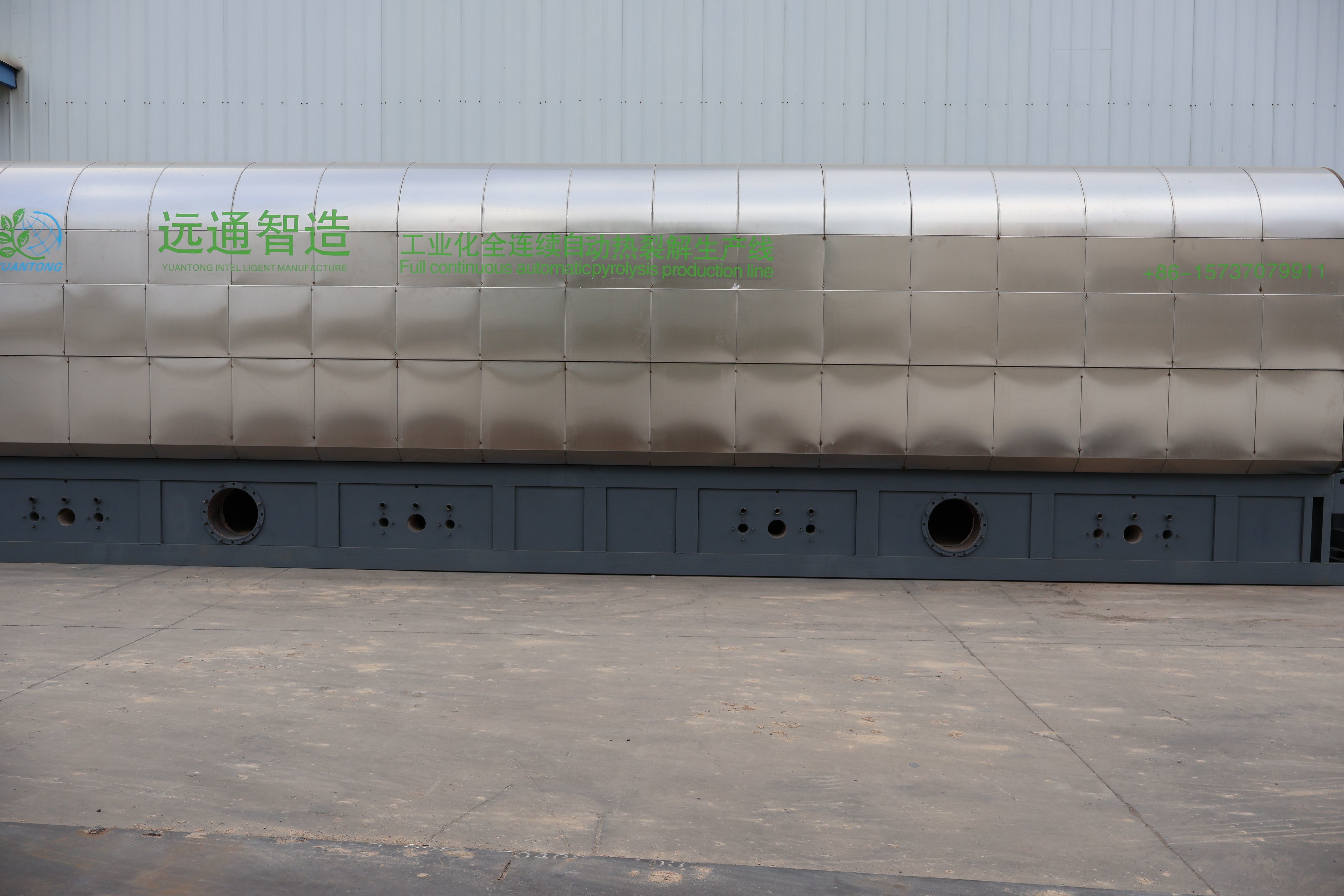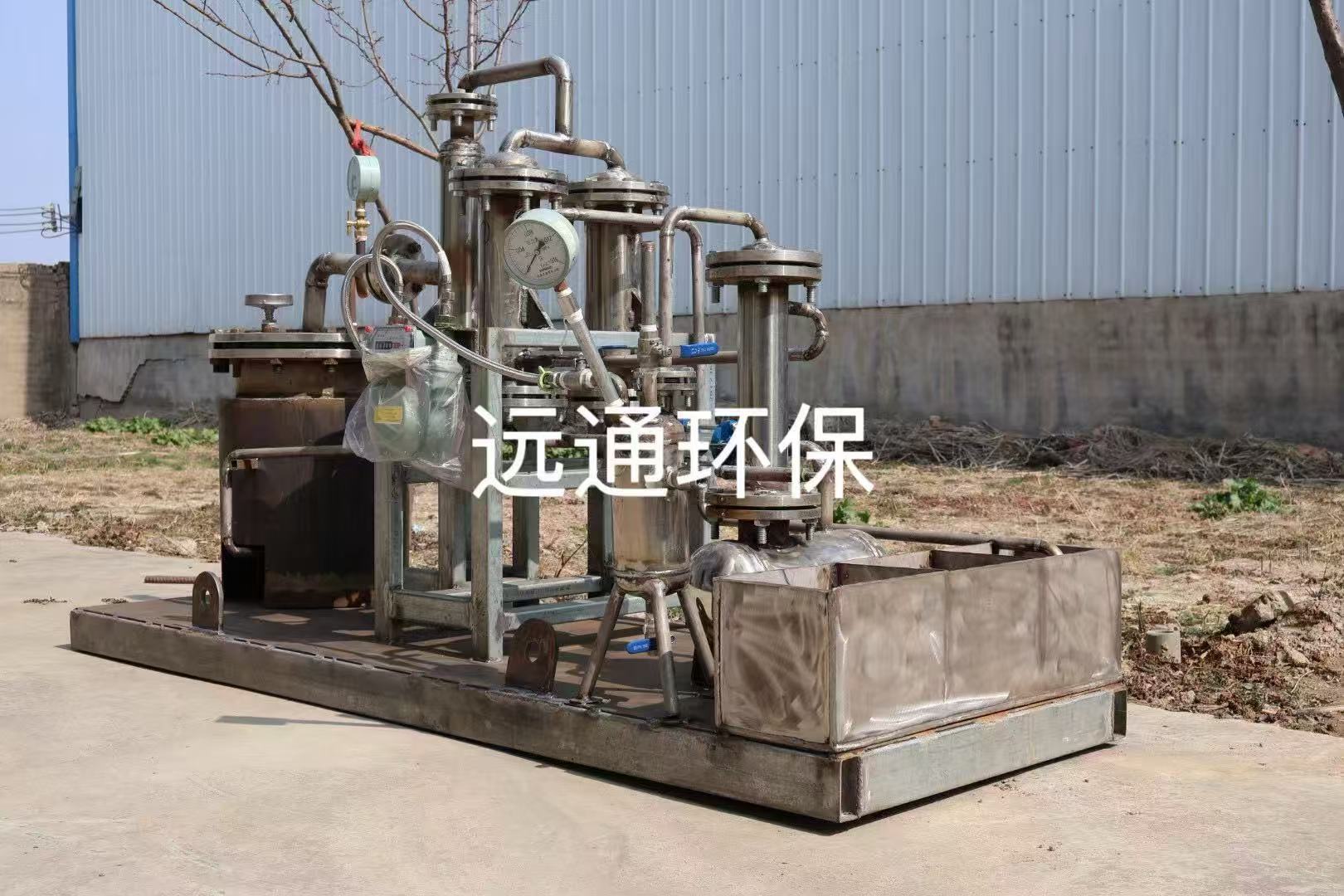Process flow of waste plastic pyrolysis
Release time:
May 21,2024
Waste plastic pyrolysis is a process that involves converting waste plastic into useful products such as fuel oil, carbon black, and gas through a chemical process. The following is a general process flow of waste plastic pyrolysis:
Waste plastic pyrolysis is a process that involves converting waste plastic into useful products such as fuel oil, carbon black, and gas through a chemical process. The following is a general process flow of waste plastic pyrolysis:
1. Collection and sorting: Waste plastic is collected from various sources such as households, industries, and commercial establishments. The waste plastic is then sorted based on its type and quality to ensure a consistent feedstock for the pyrolysis process.
2. Shredding and feeding: The sorted waste plastic is shredded into small pieces to increase the surface area for better pyrolysis efficiency. The shredded plastic is then fed into a pyrolysis reactor through a conveyor belt or screw feeder.
3. Heating and pyrolysis: The shredded plastic is heated in the pyrolysis reactor at high temperatures (around 400-600 degrees Celsius) in the absence of oxygen. This process breaks down the long polymer chains of the plastic into smaller molecules, leading to the formation of fuel oil, carbon black, and gas.
4. Vaporization and condensation: The pyrolysis process produces vapors that contain the desired products such as fuel oil and gas. These vapors are then cooled and condensed into liquid form through a condenser. The condensed products are collected in separate tanks for further processing.
5. Gas treatment: The gas produced during the pyrolysis process is sent through a gas scrubber or filter to remove impurities such as sulfur compounds and hydrocarbons. The cleaned gas can then be used as a fuel source for the pyrolysis reactor, reducing the overall energy consumption of the process.
6. Solid residue handling: The solid residue left behind after the pyrolysis process, known as carbon black, is collected and stored for further processing. Carbon black can be used as a filler in the manufacturing of rubber products, construction materials, and coatings.
7. Product storage and distribution: The final products of waste plastic pyrolysis, including fuel oil, carbon black, and gas, are stored in separate tanks for further processing or distribution. The fuel oil can be used as a substitute for diesel or gasoline in various industrial applications, while carbon black can be sold as a raw material for various industries.
8. By-product utilization: Some waste plastic pyrolysis plants also have facilities to utilize the by-products of the process, such as excess heat and steam, for on-site energy generation or heating purposes. This helps in reducing the overall environmental impact of the pyrolysis process.
Overall, waste plastic pyrolysis is an efficient and environmentally friendly process for converting waste plastic into valuable products, thus reducing the amount of plastic waste that ends up in landfills or oceans. Proper handling and management of the by-products of the pyrolysis process are essential to ensure the sustainability of this process.










